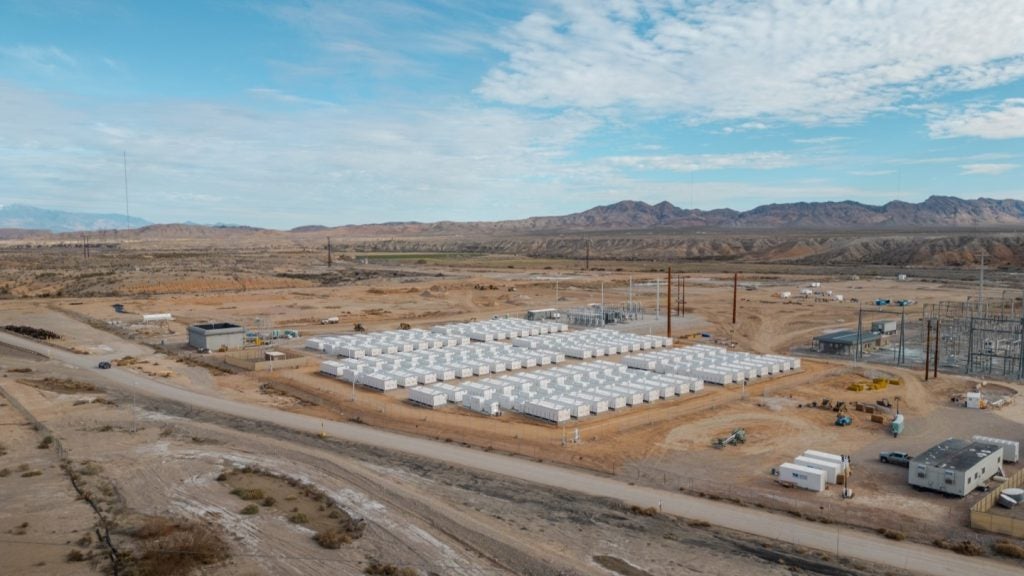FuelCell Energy has been granted a patent for a method of manufacturing a proton-conducting fuel cell. The method involves assembling a green anode-electrolyte half-cell by forming various layers, including an anode substrate layer, an anode functional layer, an electrolyte layer, and a stress balancing layer. The green anode-electrolyte half-cell is then sintered using solid state reaction sintering to form an anode-electrolyte half-cell. GlobalData’s report on FuelCell Energy gives a 360-degree view of the company including its patenting strategy. Buy the report here.
According to GlobalData’s company profile on FuelCell Energy, Hydrogen fuel cells was a key innovation area identified from patents. FuelCell Energy's grant share as of September 2023 was 51%. Grant share is based on the ratio of number of grants to total number of patents.
Manufacturing a proton-conducting fuel cell using solid state reaction sintering
See Also:
A recently granted patent (Publication Number: US11777105B2) describes a method for manufacturing a proton-conducting fuel cell (PCFC) and the resulting fuel cell structure. The method involves assembling a green anode-electrolyte half-cell, which includes forming an anode substrate layer, an anode functional layer, an electrolyte layer, and a stress balancing layer. The green anode-electrolyte half-cell is then sintered using solid state reaction sintering to form an anode-electrolyte half-cell.
The method can further include forming a cathode layer on top of the electrolyte layer and sintering the anode-electrolyte half-cell and the cathode layer. Additionally, a coarse NiO layer can be formed on the lower surface of the stress balancing layer to prevent direct contact with the kiln furniture during positioning in the sintering kiln. The coarse NiO layer can be brushed off the anode-electrolyte half-cell and reduced to nickel metal during operation of the PCFC.
The resulting proton-conducting fuel cell structure includes an anode substrate layer, an anode functional layer, an electrolyte layer, and a stress balancing layer. It can also include a cathode layer and a coarse NiO layer. The stress balancing layer and the anode functional layer can have approximately the same thickness. The stress balancing layer is typically more than 5 micrometers thick and less than 100 micrometers thick.
Overall, this patent provides a method for manufacturing a proton-conducting fuel cell with specific layers and materials, as well as a resulting fuel cell structure. The inclusion of a stress balancing layer and a coarse NiO layer helps to improve the performance and durability of the fuel cell. This innovation could have potential applications in the field of fuel cell technology, particularly in the development of more efficient and reliable proton-conducting fuel cells.
To know more about GlobalData’s detailed insights on FuelCell Energy, buy the report here.
Premium Insights
From

The gold standard of business intelligence.
Blending expert knowledge with cutting-edge technology, GlobalData’s unrivalled proprietary data will enable you to decode what’s happening in your market. You can make better informed decisions and gain a future-proof advantage over your competitors.







